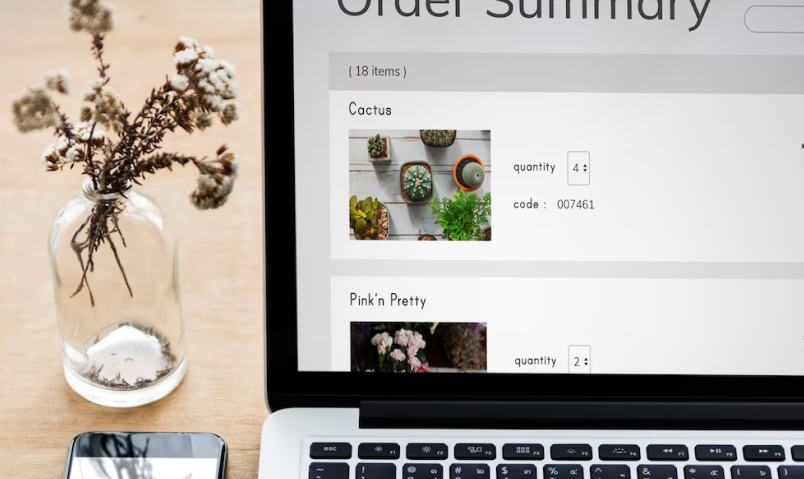Know our services
Perhaps you have heard of the marketing mix before, but you may not be exactly sure what it is. The marketing mix, also referred to as the 4 Ps of marketing, focuses on analyzing market behavior, consumer behavior, and aims to produce actions that retain and foster customer loyalty through the satisfaction of their needs.
When we talk about all the tools and variables available to a marketing professional, we are talking about the marketing mix.
A marketing mix strategy refers to the integration of product, promotion in a digital context, pricing, and place (amount).
Consumer habits are constantly changing, which is why the marketing mix is crucial because it focuses on the market and consumers, allowing us to ask questions, study them, and more. Some of the many questions that arise include:
- What are our customers’ needs?
- How will satisfying their needs generate returns for us?
- How do I communicate with my customers?
- Which channels are best to use for communication?
If we first manufacture a product and then think about how to sell it, this approach may not always be viable. That’s why it is recommended to thoroughly study our customers first and then create a product that meets their needs, increasing our chances of successful sales.
The marketing mix guides strategies for the well-known four Ps: Product, Price, Place, and Promotion.
Definition of Marketing Mix
What is the marketing mix? Through the marketing mix, we refer to the entirety of actions that a company employs to promote a product in the market or the brand itself.
We were just talking about the important 4 Ps in the marketing mix: price, product, promotion, and place. But lately, other Ps have also been included, such as policies, packaging, people, and position. All these elements will be crucial in our strategy.
Elements of the Marketing Mix
Since we talked about the Ps in the marketing mix, let’s try to explain each one:
Product
he product can be described as an item designed to meet the needs of our customer or a group of people with certain characteristics. When referring to the product in the 4 Ps, it doesn’t always have to be a tangible object; it can also be intangible, such as services or an online course.
It is crucial to ensure that the product we produce has demand in the market. Conducting research to decipher whether the product will work or not is essential.
Additionally, all products have a lifecycle. This cycle goes through different stages, which are growth, maturity, and decline. Therefore, reinventing products to maintain demand becomes necessary at some point.
When trying to sell, it’s important to ask ourselves: What can I offer my customers that is better than the competition?
When developing our product, some questions that can help us include:
- What product or service does my customer want?
- How will they use it?
- Where will they use it?
- What essential features should my product have?
- What name does my product have?
- Is there variety? Are there different variations, colors?
- Is my product different from the competition’s?
- How can customers purchase it?
Price
Price focuses on the amount of money customers must pay for our product, whether it’s a good or a service. This is a vital component of the marketing mix as it determines the company’s profit in each sale.
Price changes can significantly impact marketing strategy, sales, and public demand. Offers or promotions can increase demand. If a brand is new and not yet recognized by the public, it may be difficult to sell high-priced products. Therefore, price is an element to pay close attention to.
The price in the marketing mix also influences the perception customers have of our product. When setting our price, we can also analyze the competition and see the price ranges they operate within.
In this aspect, the marketing mix prompts several questions: What are the production costs? What value does the customer perceive? What is the competition’s price? Etc.
Place or Distribution
The distribution possibilities of our product are essential for the marketing mix because it needs to be accessible to potential customers.
This is the moment to deeply understand our market, identify the most efficient distribution channels for our product, and determine where we will offer it. For example, do we choose a physical distribution center if we know we have customers nationwide? I n such a case, we’ll need to design a transportation and storage system.
Promotion
Effective promotion is essential for the marketing mix as it enables us to boost our brand and sales. This is a primary objective for all companies.
Promoting our product involves more than just putting it out there and waiting for results. It consists of several important elements:
- Organizing sales
- Working on public relations
- Advertising
- Sales promotion
Typically, advertising involves using various media channels, such as radio, television, newspapers, magazines, and social media. Today, digital strategies have become more prominent.
Word-of-mouth remains a powerful tool, as satisfied customers communicate with potential customers who have not yet purchased from us. Therefore, focusing on customer experience is crucial.
Sales representatives also play a vital role in public relations and word-of-mouth. These elements are increasingly shifting towards digital channels.
Conclusion
It’s important to remember that the marketing mix must align with the objectives set in the overall commercial strategy. In other words, the 4 Ps of marketing design tactics and plans to achieve the previously established goals. Now that you know about the marketing mix, it’s time to get to work!






